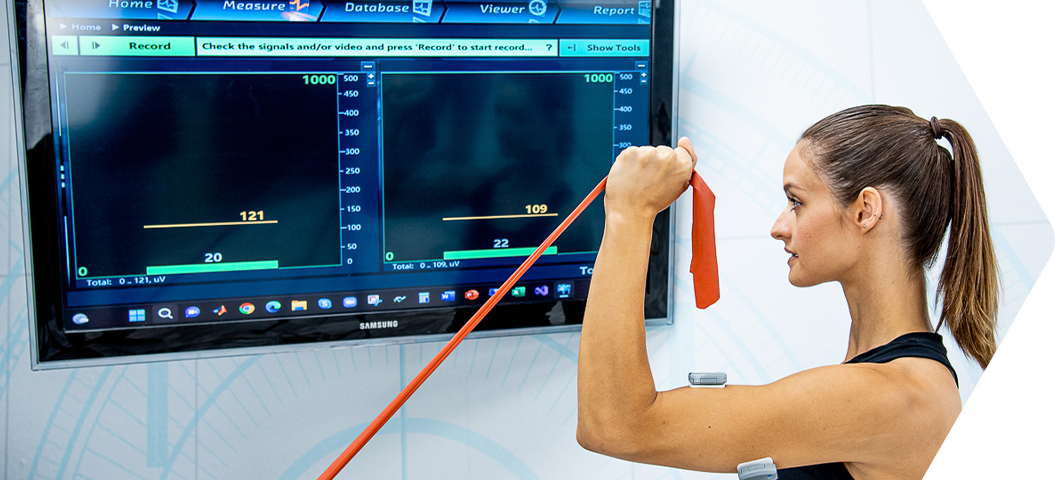Unveiling the Connection Among quantitative EEG and Sleep Disorder Patterns for Enhanced Assessment and Treatment
Unveiling the Connection Among quantitative EEG and Sleep Disorder Patterns for Enhanced Assessment and Treatment
Blog Article
Sleep apnea is a common slumber condition that impacts many individuals around the world. It occurs when a individual's breathing is interrupted during sleep, resulting to poor slumber standards and various health concerns. One of the methods scientists and physicians are working to better comprehend and identify sleep apnea is through a technique called quantitative electroencephalography, or qEEG. This method assesses the electronic activity of the cerebrum and can provide valuable understandings into how sleep apnea affects brain activity and general well-being.
qEEG involves placing small sensors on the scalp to capture cerebral oscillations. These brain waves are then analyzed to identify patterns that may indicate sleep disorders, including sleep apnea. By analyzing these patterns, medical providers can gain a clearer picture of how sleep apnea interrupts typical cerebral function during sleep. This information can be crucial for formulating efficient treatment plans customized to individual clients. Comprehending the relationship between qEEG and sleep apnea can result to improved diagnostic techniques and better results for those affected by this disorder.
Research has demonstrated that individuals with sleep apnea often exhibit distinct changes in their cerebral oscillation trends. For instance, during instances of apnea, the brain may exhibit heightened function in specific regions while additional regions become more engaged. These changes can influence how effectively a individual sleeps and how rested they feel upon waking. By using qEEG to monitor these brain wave patterns, doctors can identify specific characteristics of sleep apnea in clients, which can assist in formulating a more precise identification. This is particularly crucial because sleep apnea can sometimes be mistaken for other sleep disorders, resulting to misguided treatments.
In furthermore to enhancing diagnosis, qEEG can also click this link now serve a role in assessing the effectiveness of treatments for sleep apnea. For example, after a patient starts employing a constant beneficial airway force (CPAP) device, which helps keep the passage open during sleep, qEEG can be used to evaluate changes in brain function. If the brain exhibits enhanced trends of sleep after initiating treatment, it may indicate that the treatment is functioning well. This response can assist physicians formulate required adjustments to therapeutic plans, ensuring that clients receive the optimal care feasible.
Overall, the relationship between qEEG and sleep apnea patterns is an exciting area of research that offers potential for enhancing diagnosis and treatment. By understanding how sleep apnea impacts cerebral function, healthcare providers can develop more efficient strategies to assist patients achieve improved slumber and enhance their general well-being. As studies progresses to evolve, it is likely that qEEG will turn into an integral instrument in the fight against sleep apnea, leading to superior outcomes for those who suffer from this difficult disorder.